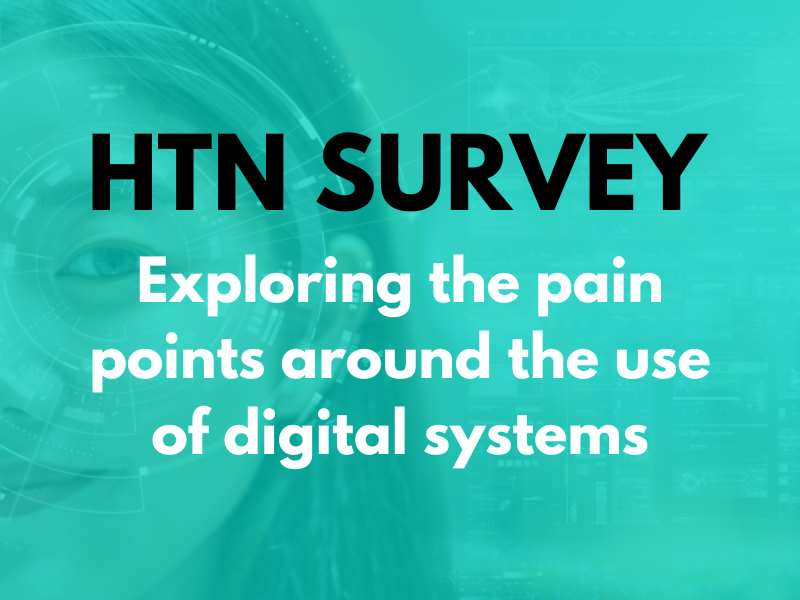New research has revealed that eye-tracking tests may be the key to predicting which patients with mild cognitive impairments (MCI) will develop Alzheimer’s disease.
The research from Loughborough University has found that it may be possible to predict if people with mild memory and thinking impairments will go onto develop Alzheimer’s disease using eye-tracking technology.
People with MCI have a significantly increased risk of developing Alzheimer’s disease compared to people with normal cognitive function. Dr Thom Wilcockson, of Loughborough University’s School of Sports, Exercise and Health Sciences, says he hopes the findings in the new paper he is the lead author of will contribute towards the early diagnosis of patients at an increased risk of the condition and ensure interventions can be put in place sooner.
The study, which has been published in the Aging journal, supports that eye movement impairments have the potential to be used as a biomarker (an indicator) for Alzheimer’s disease and eye tracking is a promising diagnostic tool.
Previous research has shown that individuals with MCI, a slight but noticeable decline in cognitive abilities, including memory and thinking skills, have a significantly increased risk of developing Alzheimer’s disease compared to people with normal cognitive function.
Individuals with MCI have a problem with memory or another mental function serious enough to be noticeable to themselves and those close to them and to show up on traditional, mental status testing.
In the quest to find an early diagnosis test, researchers have been looking to identify biomarkers, ‘biological markers’ that can be measured to accurately and reliably indicate the presence of disease (for example, insulin is a biomarker for diabetes), for Alzheimer’s disease and develop new methods to identify them as current biomarker procedures are either invasive, such as lumbar punctures, or expensive.
Eye movement impairments, such as being unable to stop an incorrect eye movement and instead direct the eye in the appropriate direction, are being explored as patients have been known to develop these impairments in the very early stages of Alzheimer’s disease, before cognitive issues, such as speech, judgement and thinking impairments, are revealed.
Traditional cognitive assessments often miss eye movement impairments, but previous research has found eye-tracking to be successful in detecting these issues in MCI patients.
Dr Wilcockson and the research team worked with 42 patients with a diagnosis of aMCI, 47 with a diagnosis of naMCI, 68 people with dementia caused due to Alzheimer’s disease, and 92 healthy controls as part of their study.
The participants were required to complete ‘antisaccade tasks’, simple computer tasks where participants are told to look away from a distractor stimulus. For example, if a stimulus, such as a dot, appears on the right of the screen, participants are instructed to look to the left, and vice versa. From this, the researchers calculated the ‘antisaccade error rate’, the total number of times a participant looked at the distractor stimulus – using equipment that recorded eye movements 500 times a second.
The researchers found that they were able to differentiate between the two forms of MCI by looking at the eye-tracking results. They also found that people with aMCI showed eye movement patterns very similar to those diagnosed with Alzheimer’s disease, providing further support for eye-tracking as a useful diagnostic tool.
Dr Wilcockson said of the study’s importance: “The results indicate that it is possible to predict which MCI patients are more likely to develop Alzheimer’s disease. This would help with monitoring disease progression and may ultimately help identify whether treatments would be effective.”
“This research is extremely important as an earlier diagnosis of Alzheimer’s disease would enable effective treatments, when available, to be administered before pathological changes to the brain are widespread and permanent.”
“I hope to build on this research and continue the development of eye-tracking methodologies for early diagnosis.”
The full research paper, titled ‘Abnormalities of saccadic eye movements in dementia due to Alzheimer’s disease and mild cognitive impairment’, can be found on the Aging website here.
The study, was funded by the Engineering and Physical Sciences Council (EPSRC), was carried out in collaboration with the University of Oulu, Aston University, Trinity College, University of Manchester and the Greater Manchester Mental Health NHS Foundation Trust.





